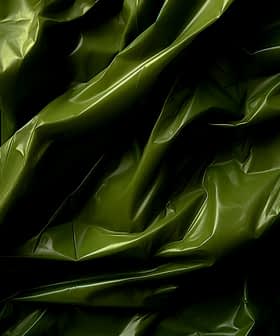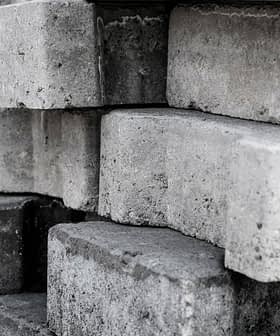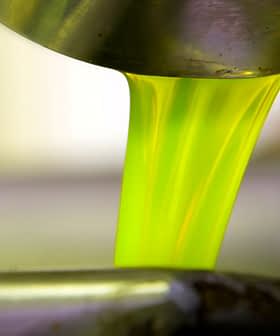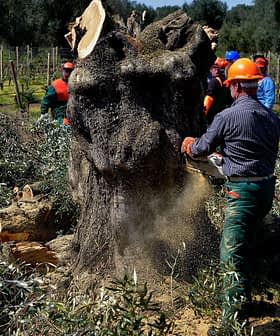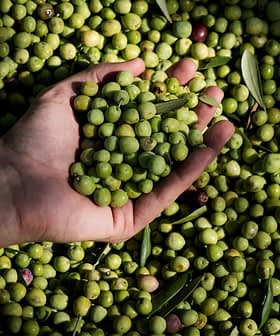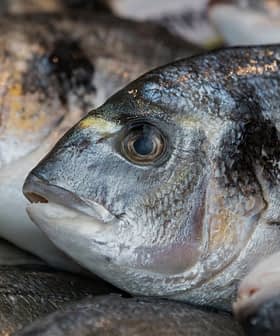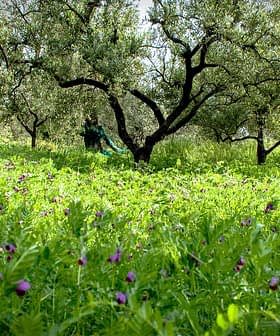Olive Leaf Extract Successfully Incorporated into Biomedical Polymer Filaments
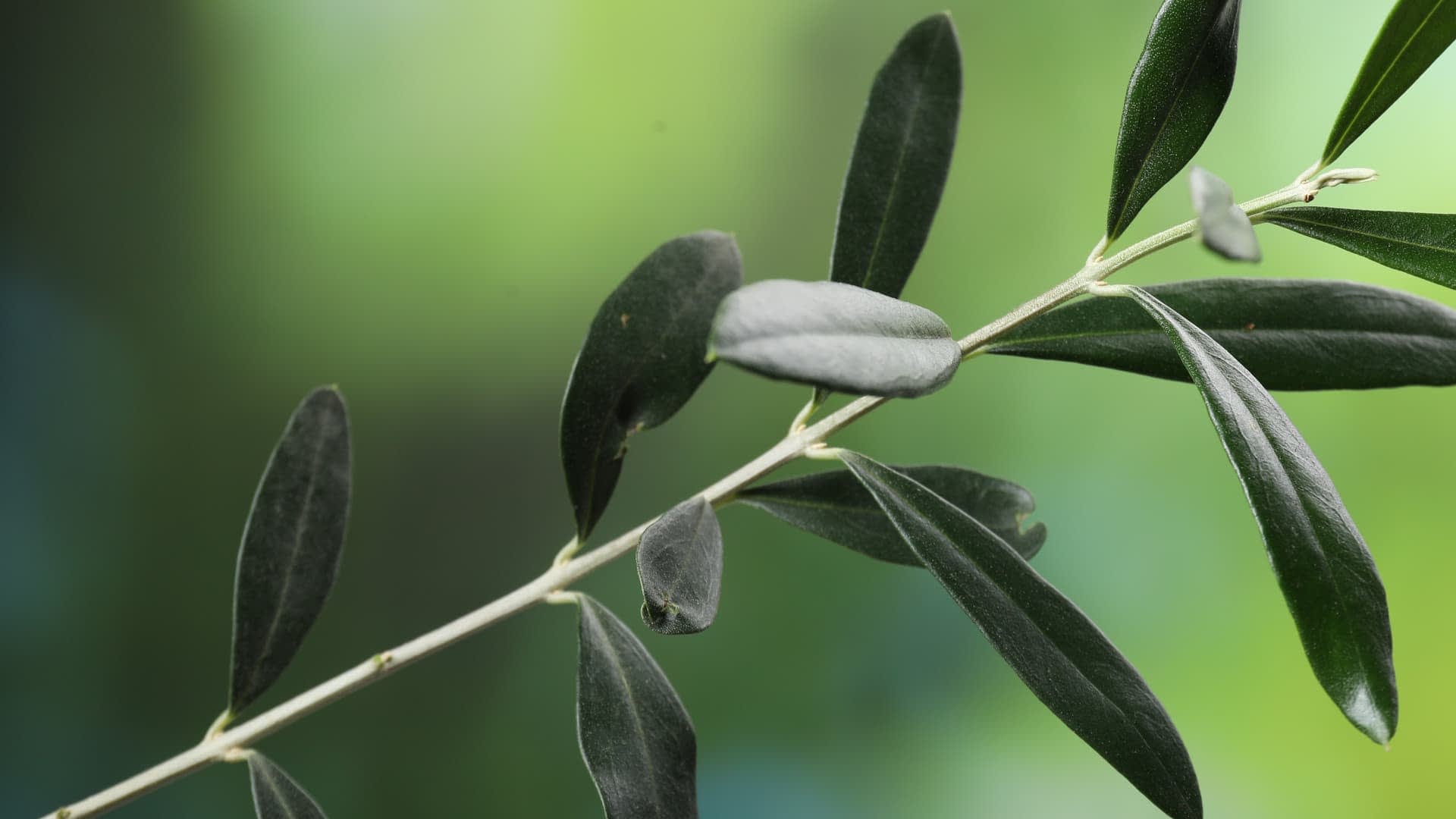
Researchers from the University of Cádiz have successfully incorporated olive leaf extract into PLCL filaments, a biodegradable copolymer used in biomedical applications, to create filaments with therapeutic properties for soft-tissue engineering and drug delivery. The study highlights the potential of using supercritical fluid impregnation to enhance the bioavailability of bioactive compounds from olive waste, offering a sustainable and effective method for delivering antioxidants with potential medical applications.
A team of researchers from the Chemical Engineering and Food Technology Department at the University of Cádiz, Spain, has published research on incorporating olive leaf extract into biomedical polymer filaments.
The filaments in question comprise poly(L‑lactic acid-co-caprolactone) (PLCL), a biodegradable, non-toxic copolymer used in biomedical applications.
PLCL typically degrades within the human body for up to three years, making it well-suited for applications that require controlled release or eventual resorption into the body. Such applications include soft-tissue engineering and sustained drug delivery.
See Also:New Study Suggests Olive Leaf Extract Could Help Treat Type 2 DiabetesThe authors cite the growing recognition of the need to find new ways to valorize agri-food waste as part of a move toward a sustainable bio-economy model.
Olive waste products are the focus of a significant amount of research in this regard, especially in Spain.
They are rich in numerous bioactive compounds, such as oleuropein, hydroxytyrosol and phenolic acids, which have demonstrated therapeutic properties, including antiviral, antimicrobial, anti-inflammatory and antioxidant activities.
These properties are also central to the team’s rationale. Antioxidants, in particular, are known to have significant potential in the treatment of diseases of global concern, including cancers, neurodegenerative diseases, and cardiovascular diseases.
Their beneficial effects depend mainly on their bioaccessibility and bioavailability, however, and maintaining therapeutic concentrations is not always possible with conventional delivery methods, making PLCL a prime candidate.
Following the successful preparation of olive leaf extract, a series of assays and other tests were conducted to confirm its antioxidant capacity and anti-inflammatory activity at sufficiently high levels for potential medical applications.
In addition, key phenolic compounds, such as oleuropein, hydroxytyrosol and luteolin-7-glucoside, were detected in suitable concentrations.
The incorporation of olive leaf extract into PLCL filaments was then attempted using supercritical impregnation, a technique that has been successfully applied to other polymers, such as PETG and PLGA.
The process relies on the properties of supercritical fluids, which are between those of liquids and gases.
Supercritical fluid impregnation offers numerous advantages over conventional methods. These include a virtual lack of surface tension, highly efficient delivery, rapid diffusion into the carrier matrix, the ability to control drug loading and the elimination of organic solvent residues. The last of these is particularly relevant in the context of sustainable manufacturing.
Traditional organic solvents, such as those used extensively in the pharmaceutical industry, pose significant ecological and health risks due to their volatility, toxicity and persistence in the environment.
In contrast, supercritical carbon dioxide, the solvent used in this process, is chemically inert, nontoxic and non-flammable. Carbon dioxide extraction is also considered sustainable due to its closed-loop systems and the ability to capture and reuse carbon dioxide, minimizing waste and energy consumption.
By subjecting the polymer to a supercritical fluid environment under carefully controlled conditions, olive leaf extract molecules were successfully driven into the polymer matrix.
The researchers adjusted variables such as temperature, pressure, co-solvent ratio and impregnation time until the conditions were sufficiently optimized to yield filaments with uniformly distributed active compounds that preserved the biological activity of the extract.
Additionally, analysis of the material’s mechanical properties revealed that the impregnated filaments retained sufficient strength and flexibility for biomedical use.
The authors believe that their findings confirm the suitability of PLCL filaments impregnated with olive leaf extract for a range of potential biomedical applications, offering enhanced biocompatibility, reduced inflammatory responses and improved overall performance due to the sustained release of natural antioxidants.
They note, however, that significant challenges remain and that further research is needed, particularly in vitro and in vivo studies.

